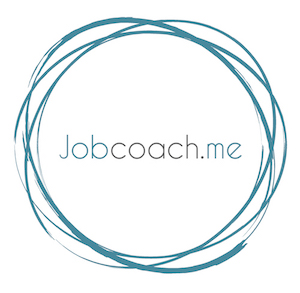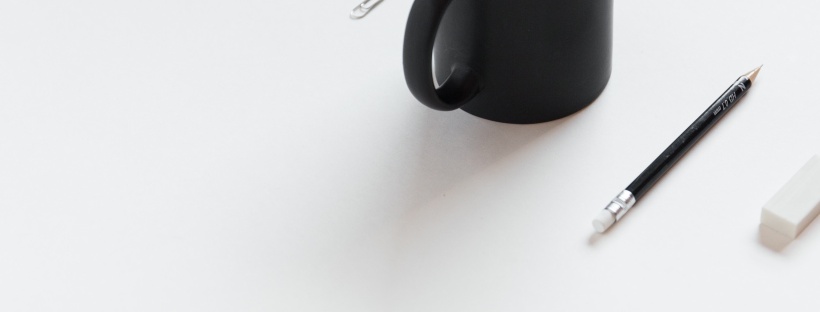Many of us have seen that BBC interview with the Korea expert, whose children entered the room unexpectedly mid-call. I thought of this when I was coaching a client last week for his first International Skype interview.
It has been 8 years since I first did a mock interview. By effectively staging an interview setting, asking questions similar to the actual one and providing immediate feedback, it time and time again improves my clients’ ability to be successful in their job interview. The big ‘Aha’ moments my clients have during our mock interviews are almost as wonderful to experience as the text or phone call telling me that they got the job. And that’s why I love doing what I’m good at.
I am hearing more frequently that people couldn’t attend the interview in person, but were fortunately able to do a video/Skype interview. Here are a few of my tips:
Preparations:
- Have a professional looking photo as your contact profile picture.
- Select clothes that don’t have a busy pattern. Although this is a tip I used to give to clients when video calls were sometimes not a very good quality, it is still important not to distract interviewers, unless the job you are going for lets you express your creativity and individuality.
- If you have young children, arrange for them to be out of the house. If you’re a single parent, ask a friend, family member or trusted neighbour to take care of your child even if just for the duration of the interview. You will hopefully be more relaxed going into the interview knowing that for the next (half) hour you can be completely focused.
- Check if you have enough lighting and no shadows covering your face or background.
- Remove any background distractions: Interviewers are people and you want them to be focused on you and what you are saying, not trying to figure out what is hanging on the wall behind you.
- Have notes for the interview printed or written down near you; your application/CV and the questions you want to ask.
- Have a glass of water near you. During a face to face interview you will probably get offered water because nerves can make your mouth go dry.
Before and during the interview:
- Phone on silent: Make sure you can’t be interrupted by other calls. If you are in your own home during the interview, you might forget to put your phone on silent.
- Talk with your hands: Ideally have enough of your face and torso in the picture, so that you can also use your hands to show what you mean. Do not fidget and move too much. This is equally distracting in real interviews as in Skype interviews.
- Eye contact: make eye contact to create a connection with the interviewers, which means to practice looking up into the camera.
Bonus Tips:
- Double check the time of the interview if you are not in the same time zone as the interviewer.
- Check if you are better at doing a video interview while you are standing instead of in a seated position. It is easier to project your voice while standing. This might need practice and if you feel you move around too much, it might be better to sit after all.
- Depending on the culture, try to start off with some small talk, if that’s what you would do in a face-to-face interview.
Contact me for a no-charge strategy session when you are not getting the job hunt results you want. Our sessions can be face-to- face, on the phone and of course through Skype.
Saskia



